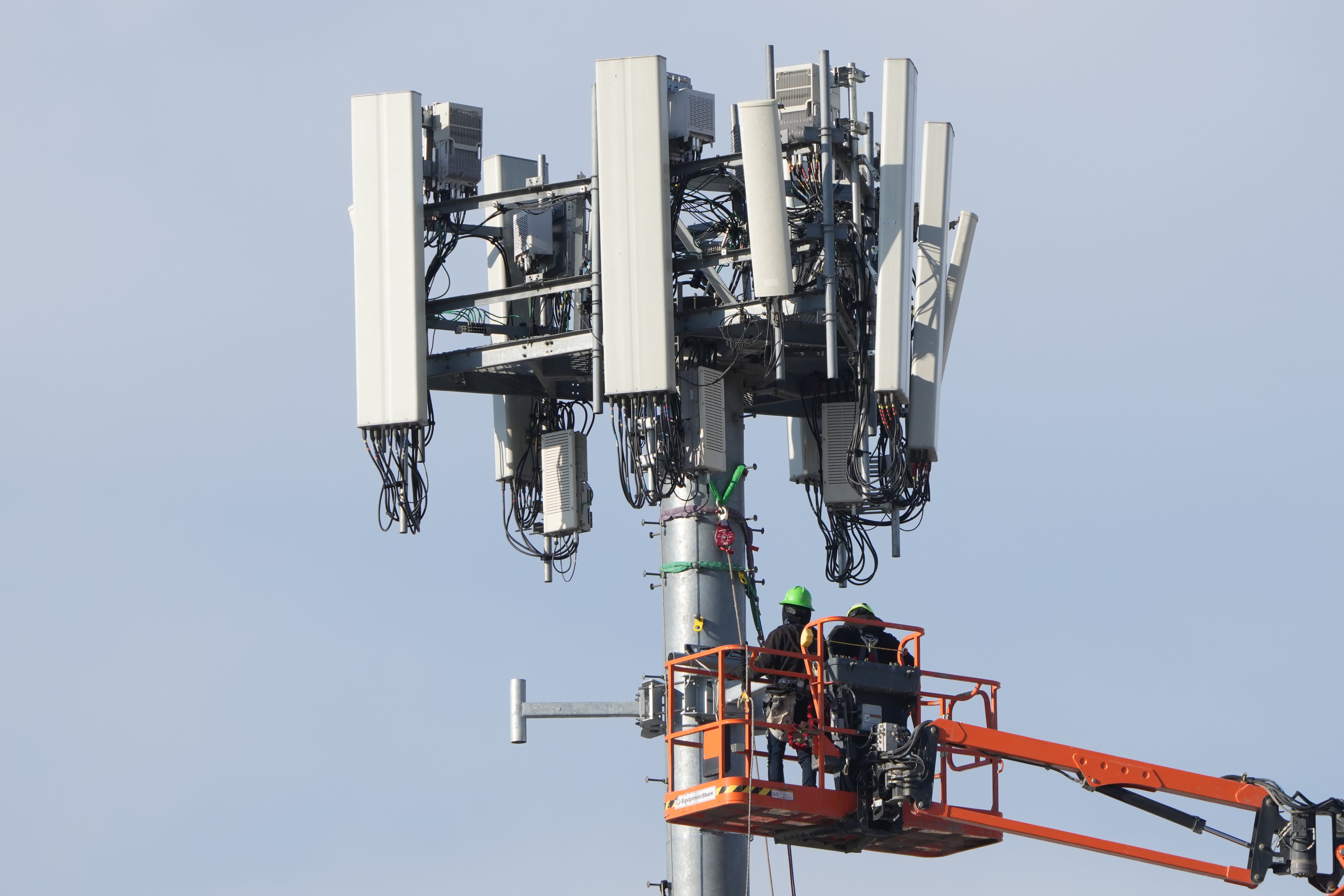"Took you long enough."
Posted on 07/29/2024 11:59:42 AM PDT by Red Badger
A team of scientists from the University of Singapore has announced the creation of a prototype energy-harvesting device that draws usable electricity seemingly out of thin air.
Designed to leverage nanoscale spin rectifier technology to capture what the device’s inventors term “waste RF” signals that exist in the air due to Wi-Fi, Bluetooth, 5G, and traditional radio signals, the novel energy harvesting system can convert those signals into enough usable direct current (DC) electrical energy.
Similar RF energy harvesting technologies have been developed in recent years, including one invented by researchers from the University of South Florida. However, the team behind this latest iteration says their device is able to capture energy from weaker overall signals (typically less than -20 dBm) than even the most sensitive RF energy harvesting technology.
“Harvesting ambient RF electromagnetic signals is crucial for advancing energy-efficient electronic devices and sensors,” explained project leader Professor Yang Hyunsoo from the Department of Electrical and Computer Engineering at the NUS College of Design and Engineering. “However, existing Energy Harvesting Modules face challenges operating at low ambient power due to limitations in existing rectifier technology.”
To overcome the limitations of similar devices, including the inefficiencies of converting such weak signals into useful electricity, the team developed their own ultra-compact, nanoscale spin rectifier technology to capture and convert the waste RF. Unlike previous attempts, this minuscule rectifier showed impressive results at converting RF signals below -20 dBm.
According to Professor Yang, his team’s efforts to improve energy harvesting at these low levels were drastically different from previous efforts. That’s mainly because of the implementation of nanoscale spin rectifiers.
“Recent efforts focused only on improving antenna efficiency and impedance-matching networks at the expense of bigger on-chip footprints,” the professor explained. “Nanoscale spin-rectifiers, on the other hand, offer a compact technology for sensitive and efficient RF-to-DC conversion.”
After trying several configurations designed to convert energy from different low yet usable EM wavelengths, the team settled on something that operated at a level of efficiency previously unseen. This result, the team explains, was due to their approach as much as the technology itself. The result was a device that successfully captured low levels of RF and converted them to enough electricity to power an electrical sensor and an LED.
“We optimized the spin-rectifiers to operate at low RF power levels available in the ambient and integrated an array of such spin-rectifiers to an energy harvesting module for powering the LED and commercial sensor at RF power less than -20 dBm,” Yang said. “Our results demonstrate that SR technology is easy to integrate and scalable, facilitating the development of large-scale SR-arrays for various low-powered RF and communication applications.”
Despite its impressive results, the team’s invention is not yet available to the public. However, the scientists behind the potentially breakthrough technology say its application could have a number of potential societal impacts, including economic and environmental benefits.
“RF energy harvesting technologies, such as this, is essential as they reduce battery dependency, extend device lifetimes, minimize environmental impact, and enhance the feasibility of wireless sensor networks and IoT devices in remote areas where frequent battery replacement is impractical,” the team explained.
The team’s findings, titled “Nanoscale spin rectifiers for harvesting ambient radiofrequency energy,” are published in the journal Nature Electronics. According to the first author, Dr Raghav Sharma, their work likely represents a whole new benchmark for low-energy rectifiers and should propel research into creating even more sensitive and efficient RF energy harvesting devices using their spin rectifier approach.
“Despite extensive global research on rectifiers and energy harvesting modules, fundamental constraints in rectifier technology remain unresolved for low ambient RF power operation,” Sharma said. “Spin-rectifier technology offers a promising alternative, surpassing current Schottky diode efficiency and sensitivity in low-power regimes. This advancement benchmarks RF rectifier technologies at low power, paving the way for designing next-generation ambient RF energy harvesters and sensors based on spin-rectifiers.”
===================================================================
Christopher Plain is a Science Fiction and Fantasy novelist and Head Science Writer at The Debrief. Follow and connect with him on X, learn about his books at plainfiction.com, or email him directly at christopher@thedebrief.org.
Ping!.............
Ping!.............
"Took you long enough."
Ben Franklin already did that....
It’s called a kite.
Pretty soon, they’ll have us sticking our fingers in some gizmo...and then...touch our phones....and then....voila...its alive again.
I’ll bite when they invent a backpack to give me more energy.
Who is John Galt?
Galt did it first.
He was working on it.................
Who is John Galt?
12 posts..........we’re slipping................


In 1752 Thomas-François Dalibard erected a 40-foot (12 m) iron rod at Marly-la-Ville, near Paris, drawing sparks from a passing cloud. - wikipedia
So people have basically been there, done that.
Nicola Tesla would be proud.
/s
Disclaimer: Opinions posted on Free Republic are those of the individual posters and do not necessarily represent the opinion of Free Republic or its management. All materials posted herein are protected by copyright law and the exemption for fair use of copyrighted works.